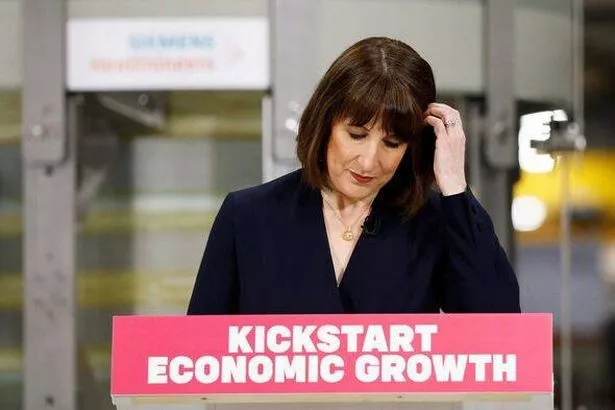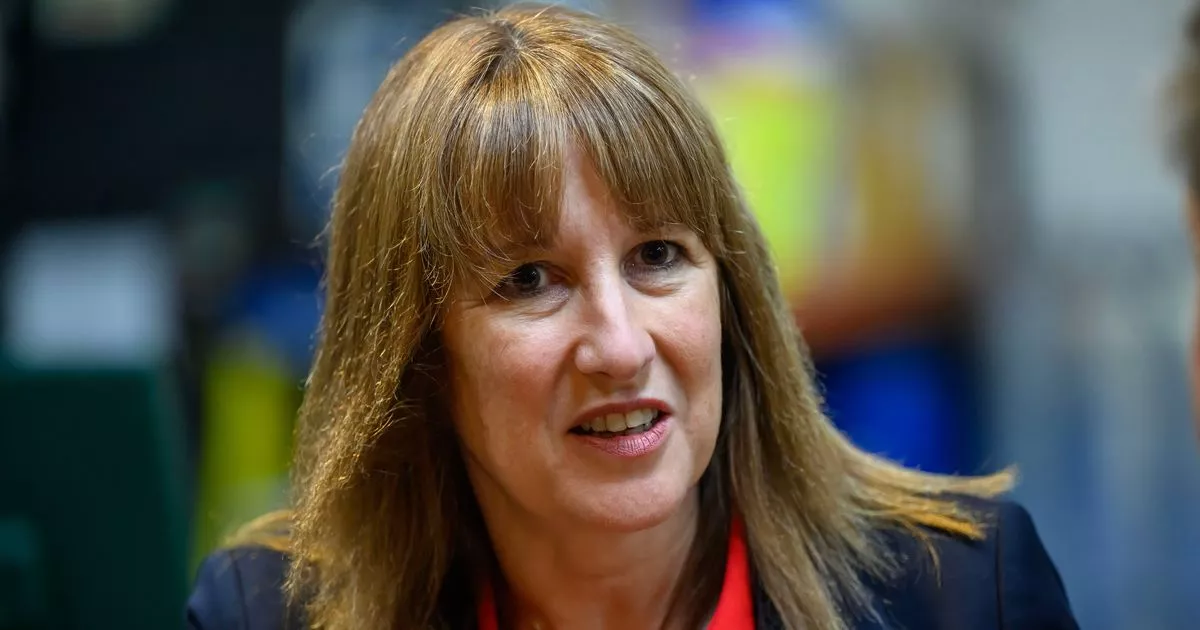Rumoured tax changes come as fears grow over other possible pension reforms
Sophie Buchan Money and Lifestyle Writer and Kris Boratyn
02:12, 04 Nov 2025
 The speculated tax changes come as concerns increase over other potential pension reforms(Image: Paul Grover – WPA Pool/Getty Images)
The speculated tax changes come as concerns increase over other potential pension reforms(Image: Paul Grover – WPA Pool/Getty Images)
Pensioners could face a substantial tax increase under proposals allegedly being weighed up by Chancellor Rachel Reeves. Fresh analysis reveals that older people may be among those worst affected by the rumoured Autumn Budget measures, which involve raising income tax rates while reducing National Insurance by two percentage points.
Since pensioners are exempt from National Insurance contributions, they would bear the complete burden of the income tax rise without gaining any advantage from the NI reduction. This means a pensioner earning a retirement income of £35,000 would fork out nearly £450 extra in tax annually, whilst someone on a higher income of £65,000 could be landed with a £1,049 bill, according to calculations from investment platform AJ Bell.
Tom Selby, the director of public policy at AJ Bell, said: “While this would be a clear breach of Labour’s promise not to raise income tax rates, Reeves could still claim to be protecting the pay packets of ‘working people’ because a similar NI cut would effectively cancel out the impact for employees and the self-employed, assuming it is applied across the board.
 Rachel Reeves will deliver her budget on November 26(Image: Getty)
Rachel Reeves will deliver her budget on November 26(Image: Getty)
“This would not be the case for retirees, who are not subject to NI and so would be clobbered under the plans.”
He added: “Someone with a taxable retirement income of £35,000 would face a tax hike of almost £450, while a pensioner with an income of £65,000 would be stung with a tax increase of over £1,000″, reports the Express.
He added: “While hitting pensioners in the pocket will clearly be unpopular, particularly in the wake of the Winter Fuel Payment fiasco, it may be viewed as the least bad option to raise a chunk of the tens of billions of pounds the chancellor needs to balance the books.”
The alterations would likely protect workers, who would witness the income tax increase offset by the NI reduction. An employee or self-employed individual earning £35,000, roughly the UK average wage, would experience no alteration to their overall tax liability.
Mr Selby said: “Labour’s pledge not to increase rates of income tax, National Insurance or VAT for ‘working people’ has left chancellor Rachel Reeves playing mental gymnastics in her increasingly desperate attempts to balance the books without completely abandoning the manifesto commitments Sir Keir Starmer was elected on. This contortionist act now appears to be circling the idea of a ‘two up, two down’ shift in income tax and National Insurance rates.”
Nevertheless, there are worries that the self-employed could also face a blow. At present, they contribute a lower NI rate than employees, but that could shift if the government opts to equalise the rates.
Mr Selby said: “Depending on her desperation for extra cash and willingness to take political pain, Reeves could go even further by equalising the NI rates paid by employees and the self-employed.
“This is something pensions minister Torsten Bell, an increasingly influential figure in government, previously advocated at the Resolution Foundation before entering Parliament.”
The Treasury has declined to comment on the reports, stating: “We do not comment on speculation around future changes to tax policy outside of fiscal events.
“We are committed to supporting pensioners. Thanks to our commitment to the Triple Lock, millions will see their pension rise by up to £1,900 this parliament.”
The speculated tax changes come as concerns increase over other potential pension reforms. According to some reports, the Chancellor is also contemplating changes to pension tax relief, the tax-free cash lump sum, and salary sacrifice schemes, all of which could decrease the amount people can save tax-free for retirement.
Rachel Reeves will present her full Budget on November 26.

